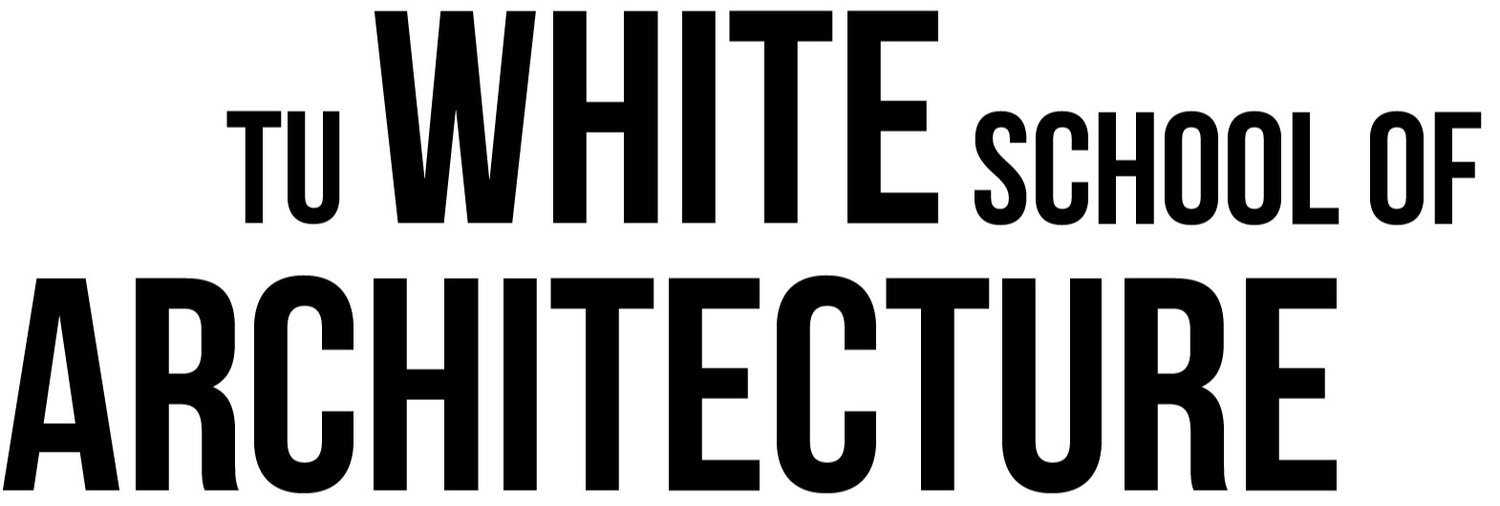What do you have to say?
How have systems of domination shaped your design education?
What should we change? What have you done to challenge these systems? What has worked, and what has not?
This page’s next revision will include a forum for you - current and former students of architecture and design - to share your stories.
Do you have thoughts you’d like to contribute?
Email me at rchrisdaemmrich at gmail dot-com, and we’ll get started.
What do I have to say?
The conversations which led to this institution’s founding have included dozens of people across space and time - many connected to the Tulane School of Architecture, but some entirely unrelated to it. This website was created, the data analyzed, and the writing authored by me, Chris Daemmrich, originally in May 2019, and revised in May 2020.
I am racialized as White. I am also a cisgendered queer gay male of Wisconsin German Lutheran and Alabama Hungarian-Franco-German Jewish heritage, physically able-bodied, with access to generational wealth and American citizenship, and a graduate of the Tulane School of Architecture. My access to this wealth and to this institution is premised on the exploitation, suffering and repression of people racialized as Black in America. Though I repudiate the state violence committed in my name, doing so does not absolve me of responsibility for it. Rather, it heightens my awareness of my responsibility to be a part of ending it.
Many experiences and relationships inspired me to this writing, but the second biannual Black in Design conference, hosted by the Harvard Graduate School of Design’s African American Student Union, deserves special recognition. My thanks to the organizers, past, present and future, who make this space, and others like it around the country. I am also grateful to media activist and representation advocate April Reign, whose #OscarsSoWhite hashtag and advocacy project - along with #TimesUp, the Guerrilla Girls, Feminist Wall of Shame and Likesushi - has influenced the linguistic and graphic development of this project.
Books which inspired this project include:
William Richards, Race and Reform in Architecture’s Academy: Urban Renewal, Race, and the Rise of Design in the Public Interest
Carla Jackson Bell, ed., Space Unveiled: Invisible Cultures in the Design Studio
Melvin L. Mitchell, The Crisis of the African-American Architect: Conflicting Cultures of Architecture and (Black) Power
Darrell Wayne Fields, Architecture in Black: Theory, Space and Appearance
Lesley Lokko, ed., White Papers, Black Marks: Architecture, Race, Culture
Aaron Betsky, Queer Space: Architecture and Same Sex Desire
Joel Sanders, ed., Stud: Architectures of Masculinity
Leslie Kanes Weisman, Discrimination by Design: A Feminist Critique of the Built Environment
David Adjaye, African Metropolitan Architecture and Making Public Buildings
Toni Morrison, Playing in the Dark: Whiteness and the Literary Imagination
George Lipsitz, How Racism Takes Place and The Possessive Investment in Whiteness: How White People Profit from Identity Politics
Nell Irvin Painter, A History of White People
Many people, friends current and former, mentors and inspirations, have made this project possible. I am grateful to each of them.
A particular thanks to my grandparents, Ralph and Ellen Loeb, whose Southern Jewish inheritance in all its complexities and contradictions I am proud to bear.
